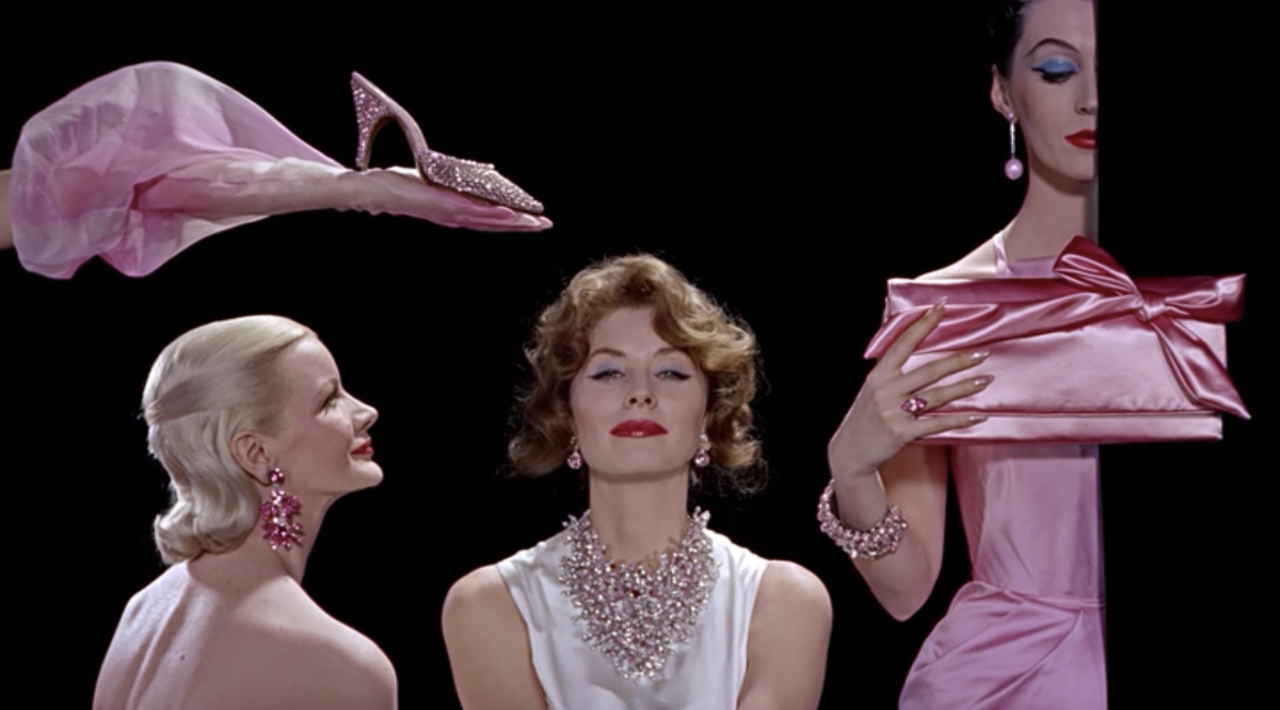 Funny Face was one of my favorite musicals when I was little and even though I re-watch it now with a more critical eye it holds a special place in my heart. Certainly, I find it amusing that everyone exclaims how plain Audrey is as she rejects physical beauty while wearing eyeliner winged to her ears and a pound of false eyelashes (are we not supposed to notice that...?) and the chemistry between her and Fred Astaire is questionable, but I still really like the dance numbers and all the "photo shoots." Seriously, they could have cut all of the plot and just made a movie about fashion shoots and it would have been a thing of beauty. The film is of course mostly a vehicle for the clothes--for all of the fun the characters poke at fashion with its "silly models" who can barely read and the crazy fads that tell us to "think pink" (if we must think at all)--the attention to costume design serves us fashion with a capital F. It's certainly no September Issue but films like this definitely feed the fashion machine.
Funny Face was one of my favorite musicals when I was little and even though I re-watch it now with a more critical eye it holds a special place in my heart. Certainly, I find it amusing that everyone exclaims how plain Audrey is as she rejects physical beauty while wearing eyeliner winged to her ears and a pound of false eyelashes (are we not supposed to notice that...?) and the chemistry between her and Fred Astaire is questionable, but I still really like the dance numbers and all the "photo shoots." Seriously, they could have cut all of the plot and just made a movie about fashion shoots and it would have been a thing of beauty. The film is of course mostly a vehicle for the clothes--for all of the fun the characters poke at fashion with its "silly models" who can barely read and the crazy fads that tell us to "think pink" (if we must think at all)--the attention to costume design serves us fashion with a capital F. It's certainly no September Issue but films like this definitely feed the fashion machine.Similarly, the film's poke at Audrey's "funny face" is also tongue-in-cheek. Her thick eyebrows went against the stereotypes of the day. While we remember her as a classic beauty today the movie industry in her era was dominated by more buxom beauties (such as Lana Turner or Kim Novak); famously Capote didn't want such a skinny actress for the movie adaptation of his book Breakfast at Tiffany's. I wish the film highlighted more the importance of collaboration between stars and designers. Such as the collaboration Hepburn shared with Givenchy, who designed her wardrobe in Funny Face and other films. She even modeled collections for him. But there are nods to these collaborations, as well as how she inspired Richard Avedon (one of the first photos Astaire takes of Audrey in the film is a nod to Avedon's famous overexposed close-up) sprinkled throughout the movie.
So while the film might not feature the most clever lyrics and an entirely too predictable plot, there's a lot being said about fashion and the industry just below that bubble gum pink surface. It's definitely a must-see for fashion buffs who will pick on the references and anyone who enjoys a good muscial.

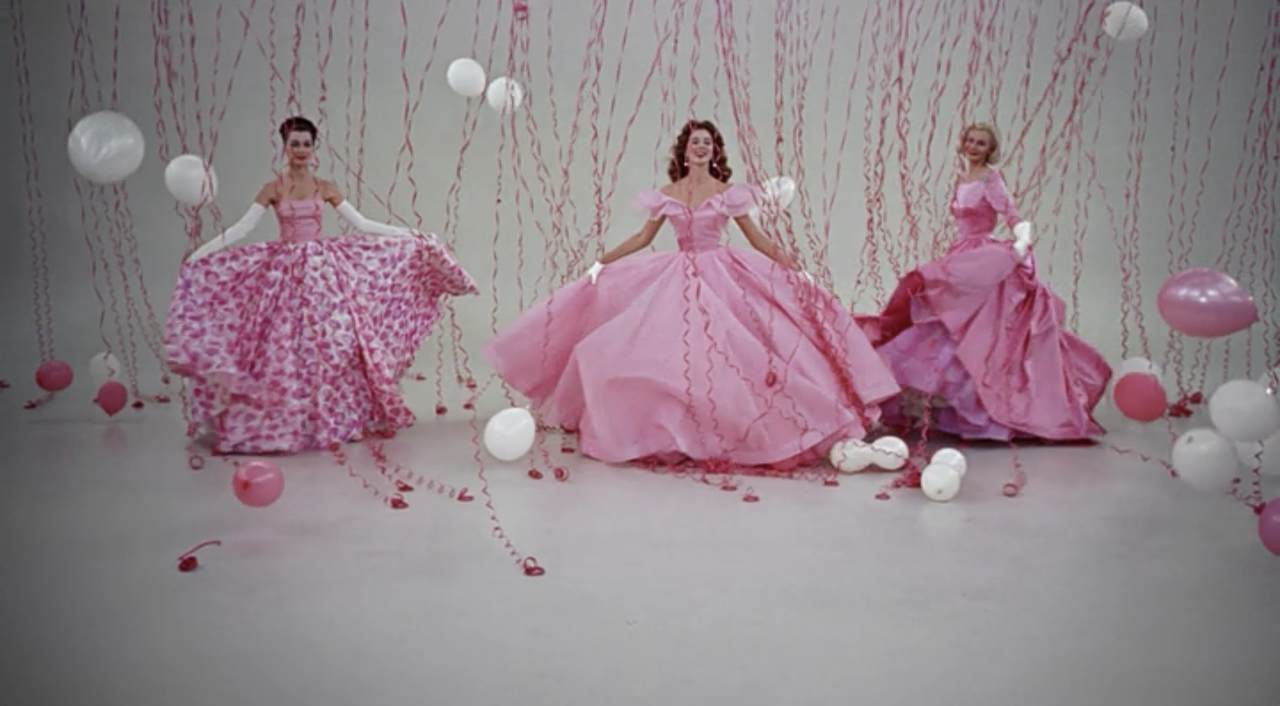
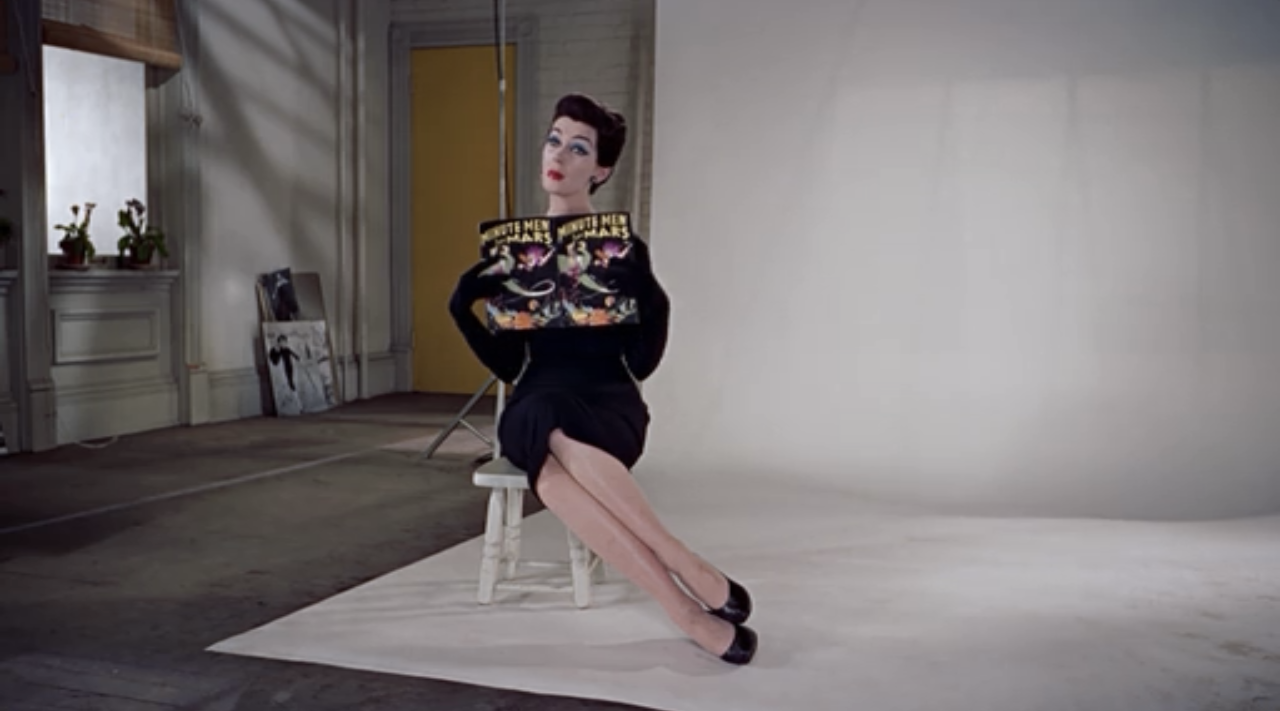
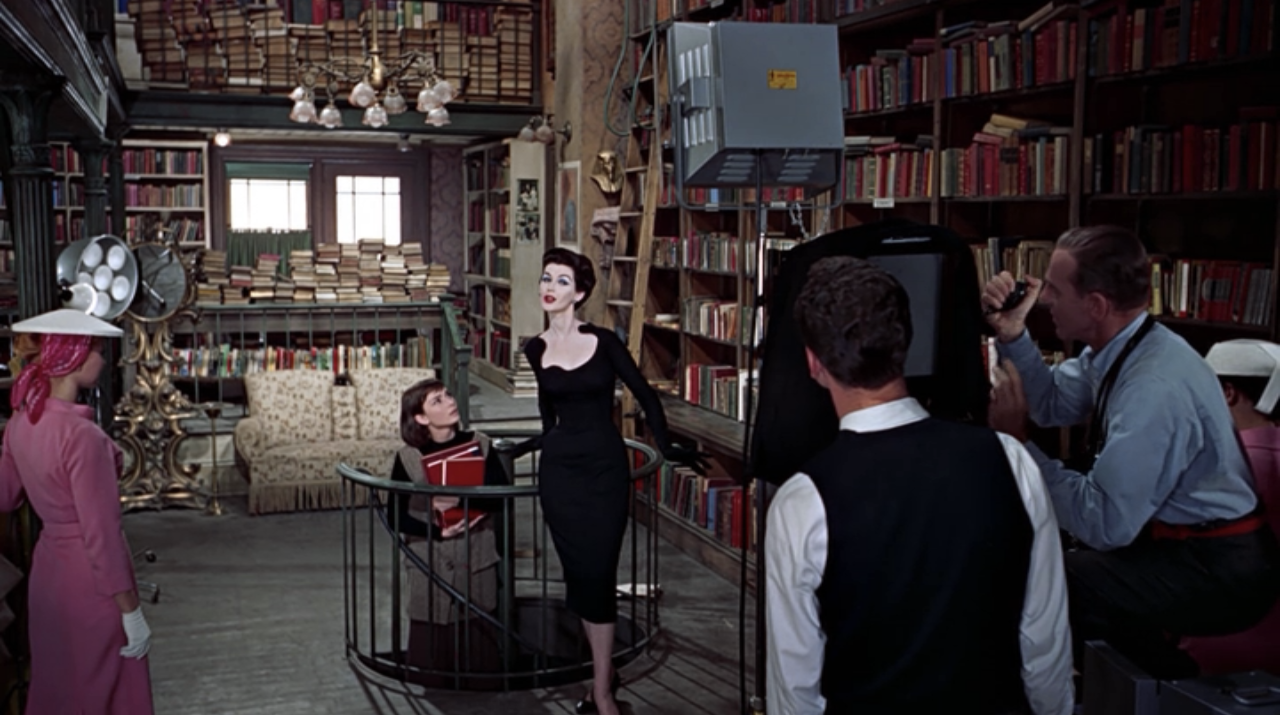




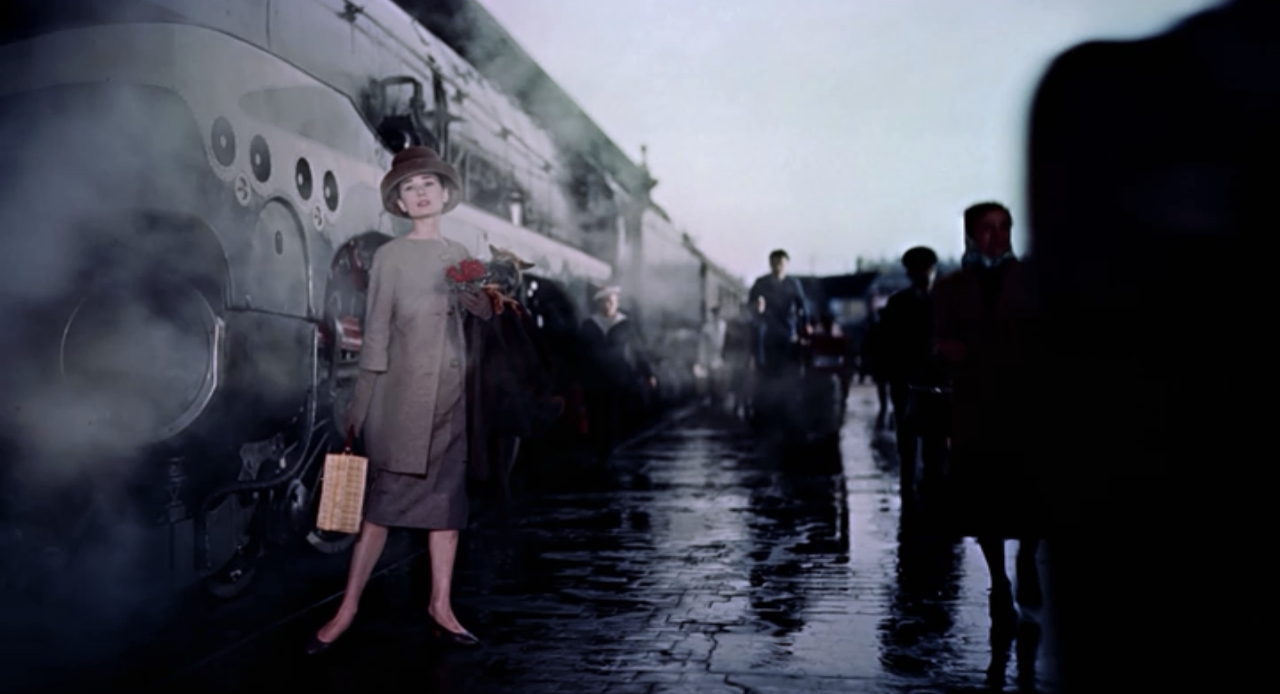
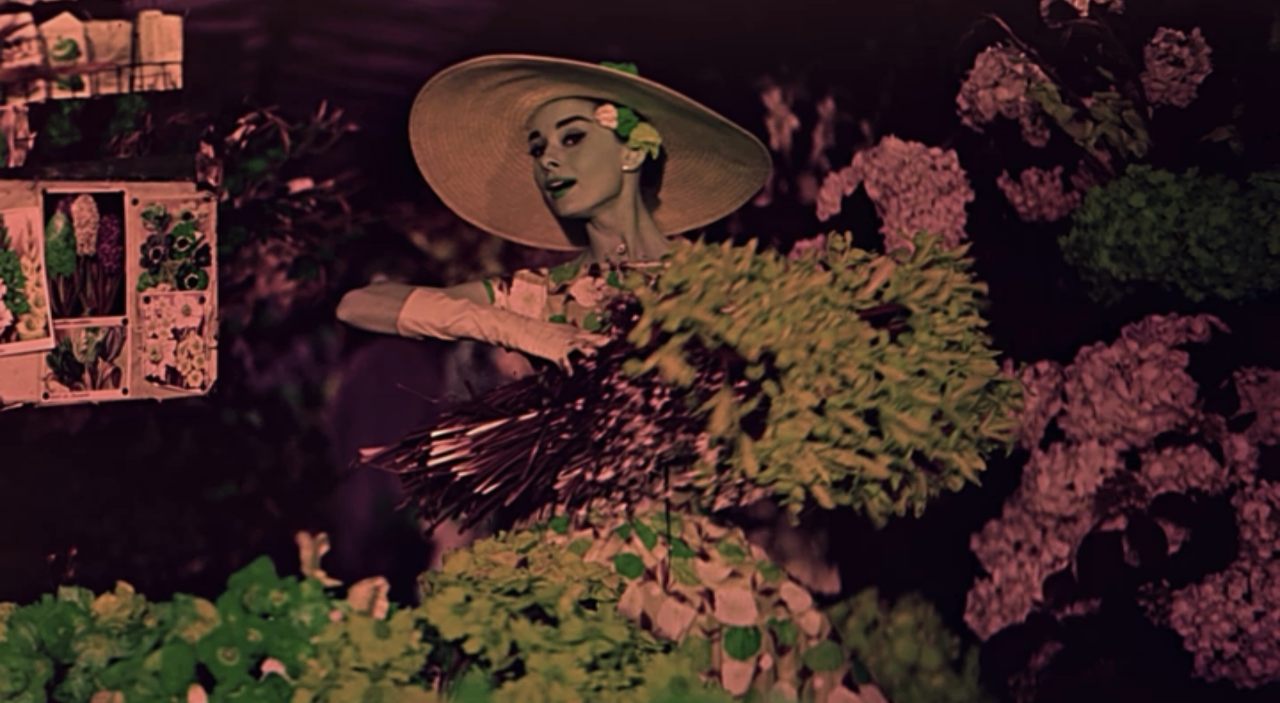
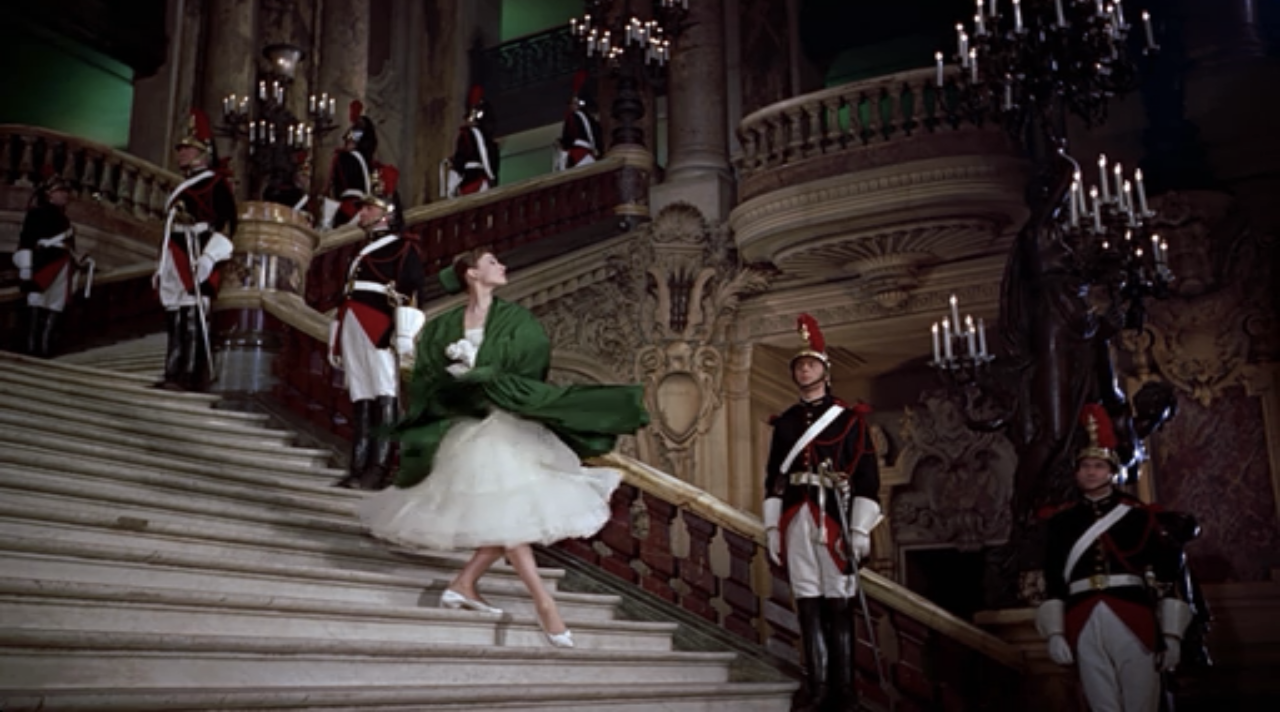

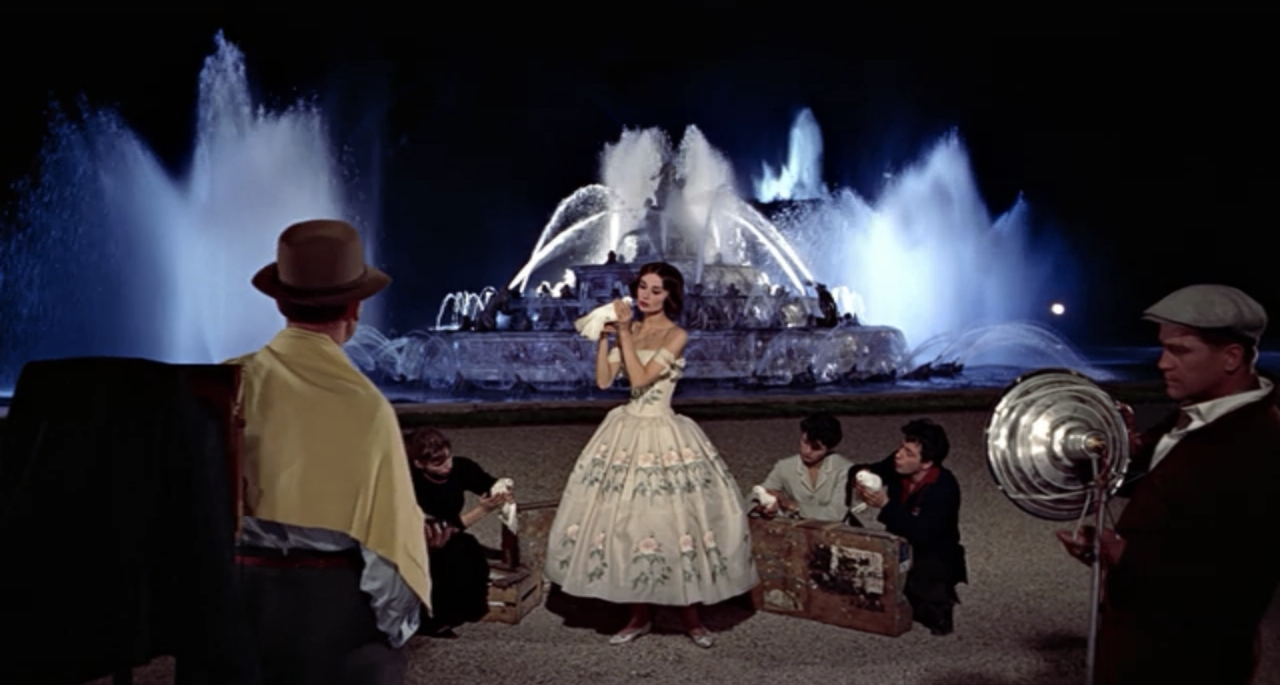
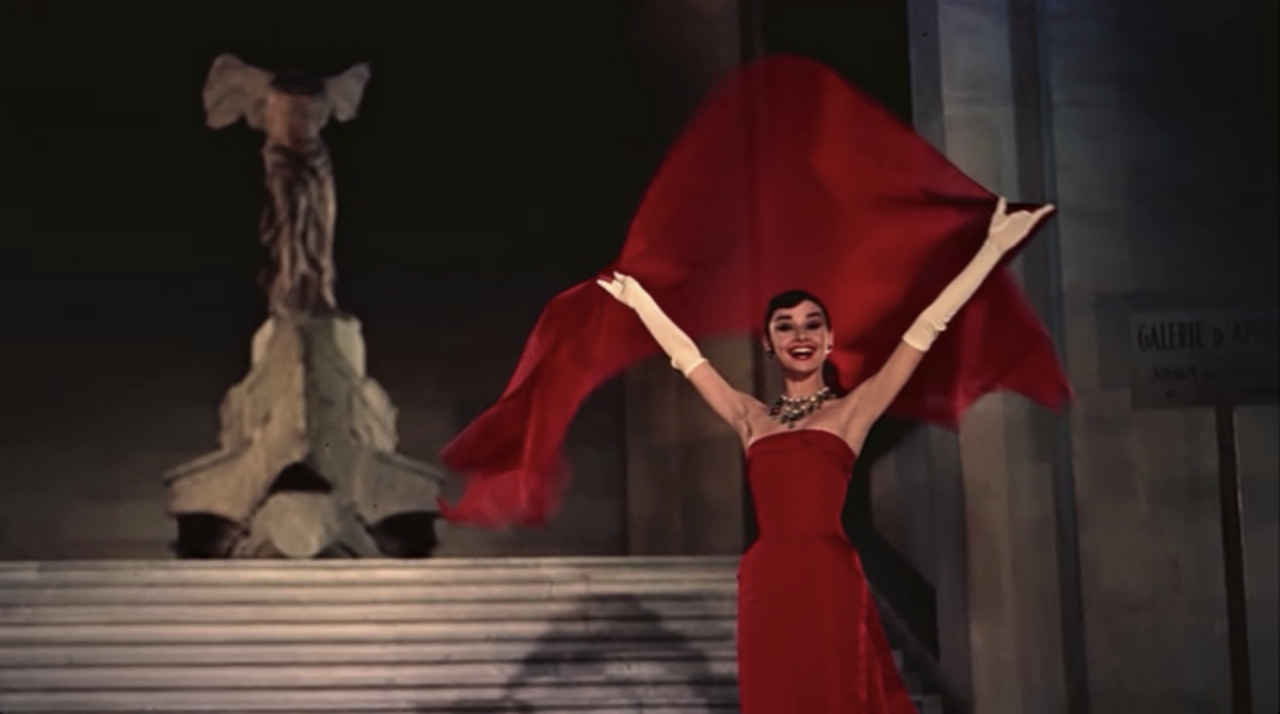
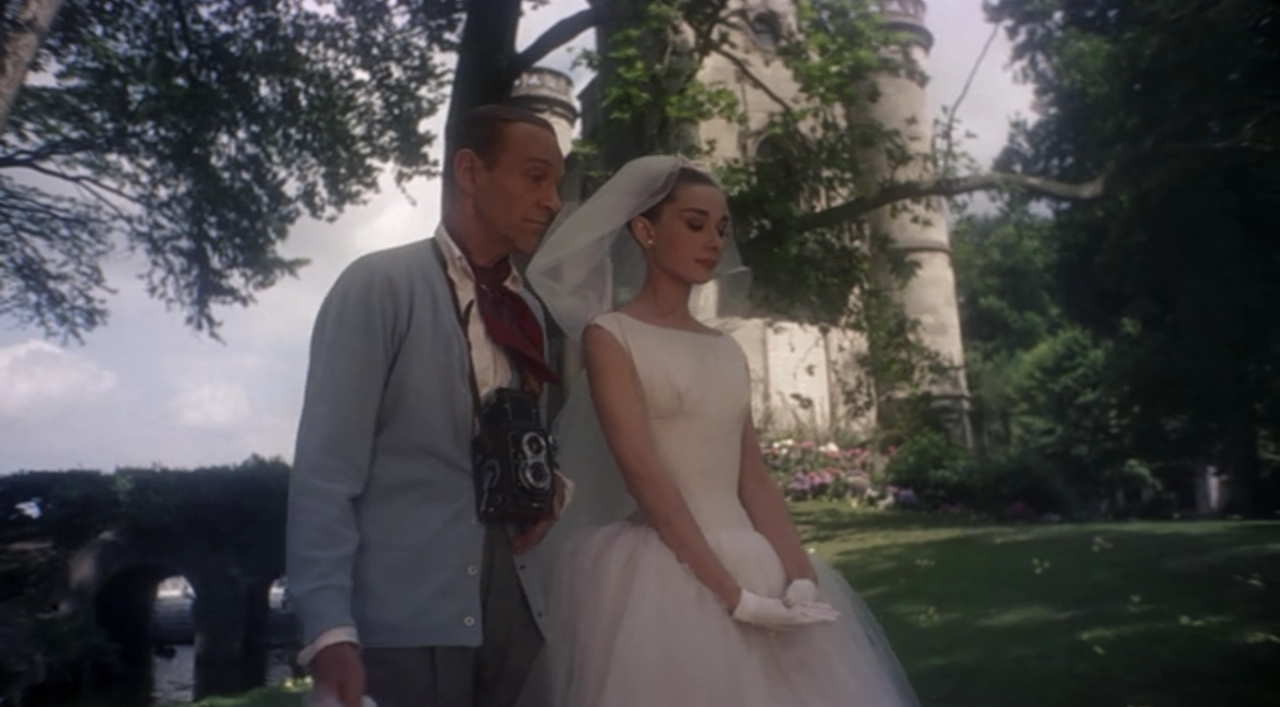









No comments:
Post a Comment